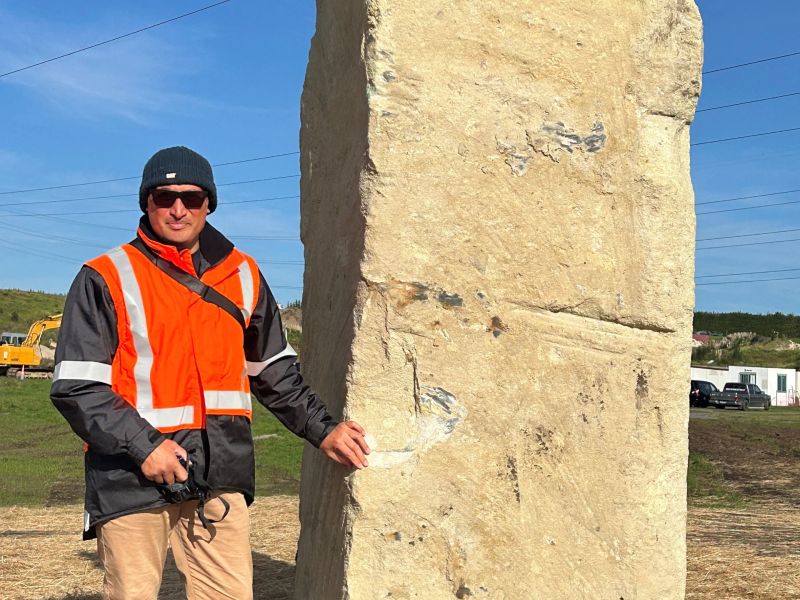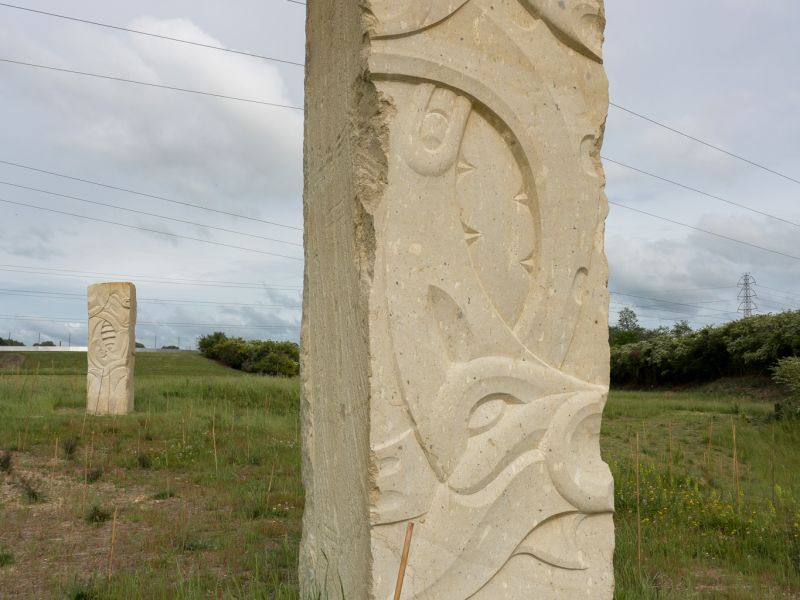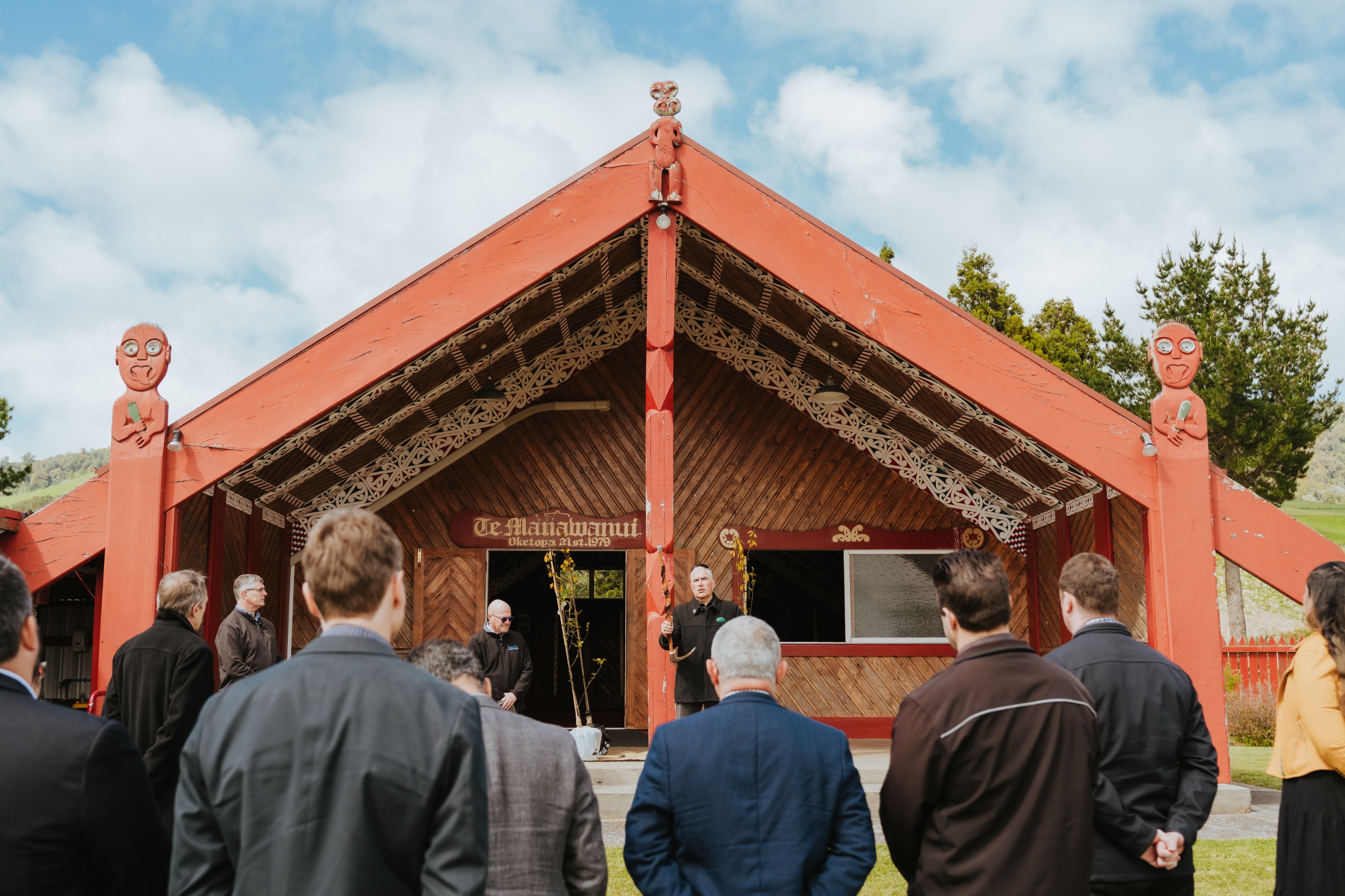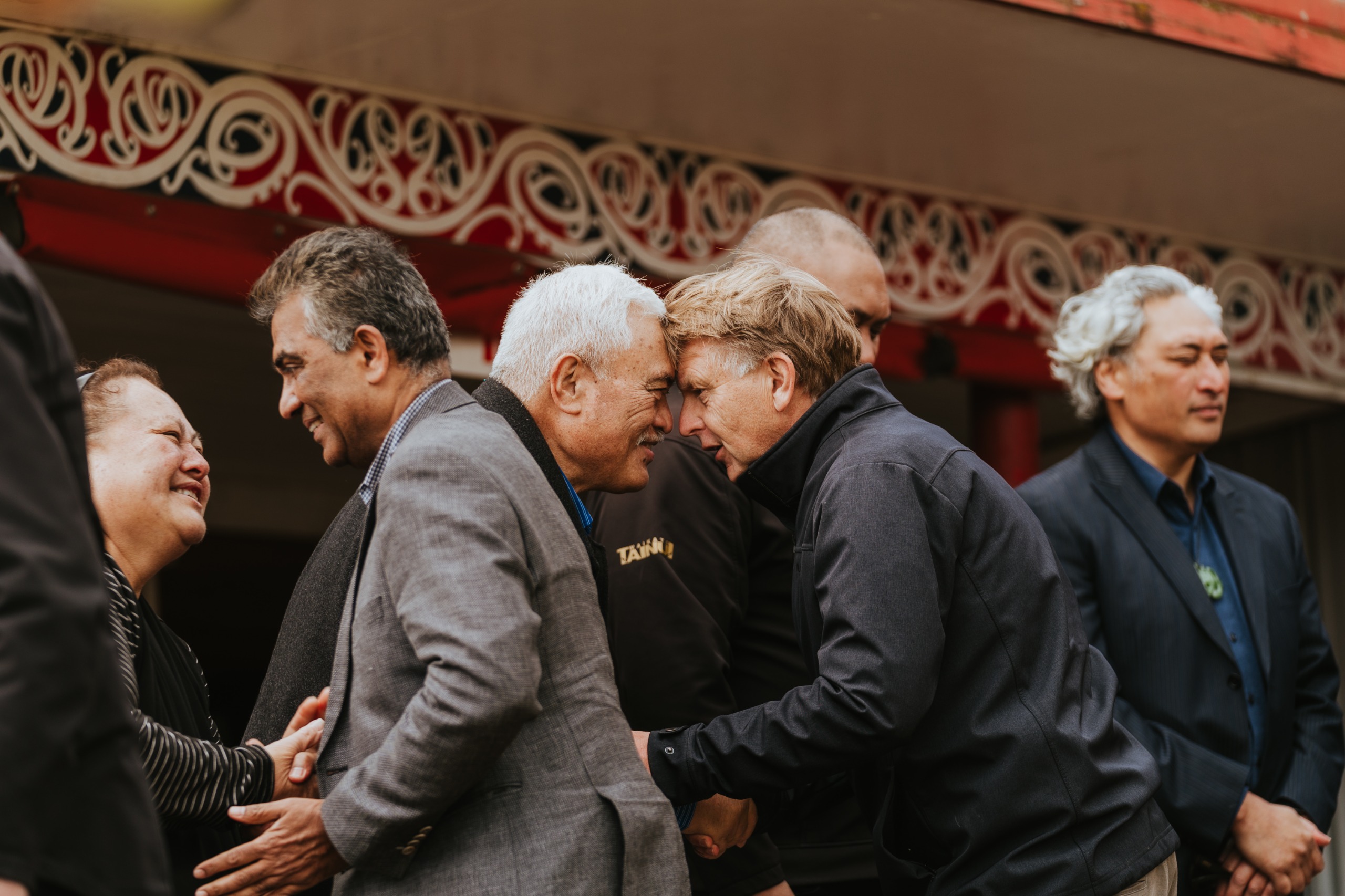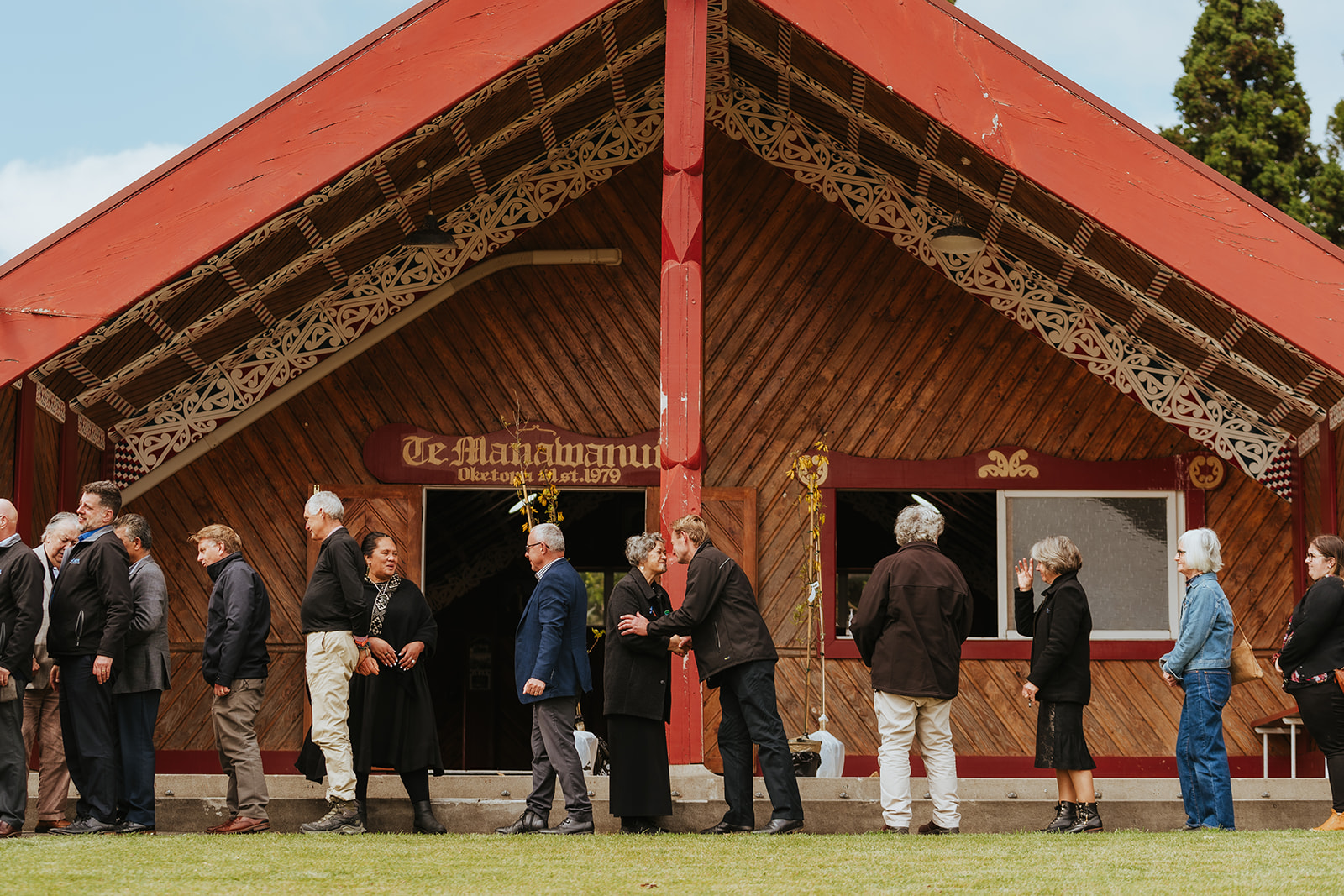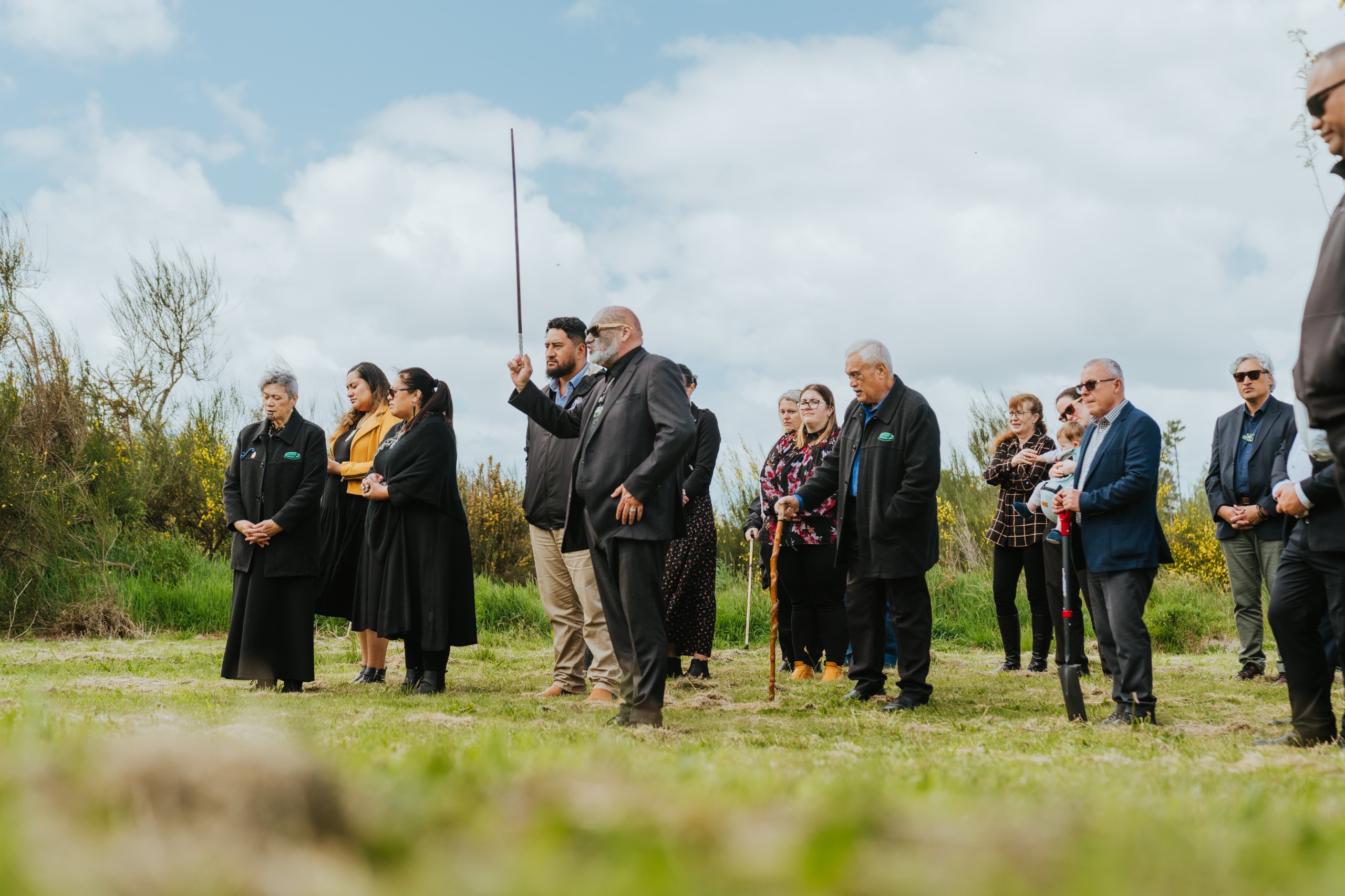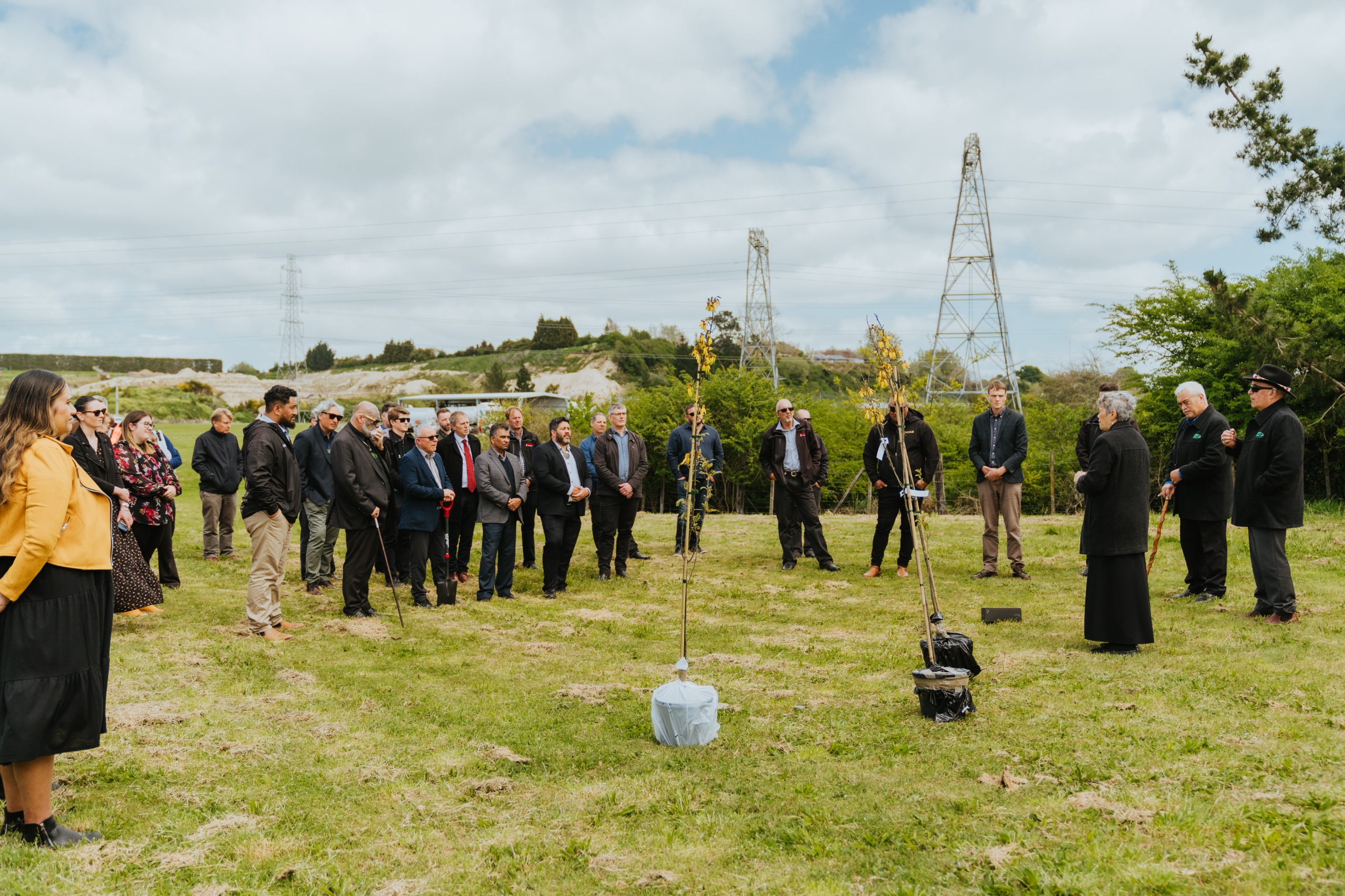The partnership formed as the Cambridge Wastewater Treatment Plant Project sought a 35-year term for discharging treated wastewater into the Waikato River. The group ensured the successful co-design of the plant, and ensures decisions are shared and the Waikato River’s wellbeing is prioritised.
During the design phase, Western science was integrated with mātauranga Māori [knowledge] for environmental assessments, upholding the best-for-river outcomes under Te Ture Whaimana o Te Awa o Waikato [the vision and strategy for the Waikato River].
The outcome was a 35-year resource consent granted in September 2023 without the need for a formal council hearing, saving significant money for Waipā and enabling the project to get underway swiftly.
This commitment to collaborate, embracing indigenous knowledge and honouring the principles of kaitiakitanga [guardianship] and Te Tiriti o Waitangi, led to the project winning a special award at the 2024 ACE awards, which celebrate Aotearoa New Zealand’s best consultants in engineering and professional services.
The Kaitiaki Group has also been involved with environmental aspects of the project, including wetland development and a greenhouse, as well as those listed below:

Pōwhiri for the Cambridge Wastewater Treatment Plant before construction started.
Mauri stones
In line with the Mātauranga Māori Framework, two mauri stones were placed at the new outfall near to the kōwhai trees which were planted at a pōwhiri in 2023.
Mauri stones are sacred, often carved stones, believed to hold the life force (mauri) of a place, object, location or person. They are seen as spiritual guardians and protectors, representing their vitality and essence and promoting balance, harmony and connectedness.
Multi-disciplinary Māori artist and bronze carving specialist, Eugene Kara of Ngāti Korokī Kahukura, carved the stones.
Along with the mauri stones there will be pou installed on either side of the river.
Carver Eugene Kara of Ngāti Koroki Kahukura next to one of the two mauri stones he will be carving.
One of the two mauri stones carved by Eugene Kara of Ngāti koroki Kahukura.
Cultural induction
A cultural induction was held for everyone visiting or working at the site - you can experience part of this in the video below. The induction explained how the site alongside the Waikato Awa [river] has great significance to iwi and why reconnecting to the whenua [land] is an important step to the successful outcome of the project.
Ancient pā sites are found up and down the awa, leaving echoes of what has come before. Mauri stones provide spiritual, physical, and mental protection for those working onsite. Once the work is completed, the stones will be moved so they will spend the rest of time in peace.
Pekapeka tou-roa
Bat boxes have been installed to encourage rare and endangered native bats to the area.
Acoustic surveys have been done to identify where long-tailed bats, also known as pekapeka tou-roa, can be found throughout the district. The surveying enables Council to balance growth and development with protecting the habitat that these taonga need to survive and thrive alongside human communities.
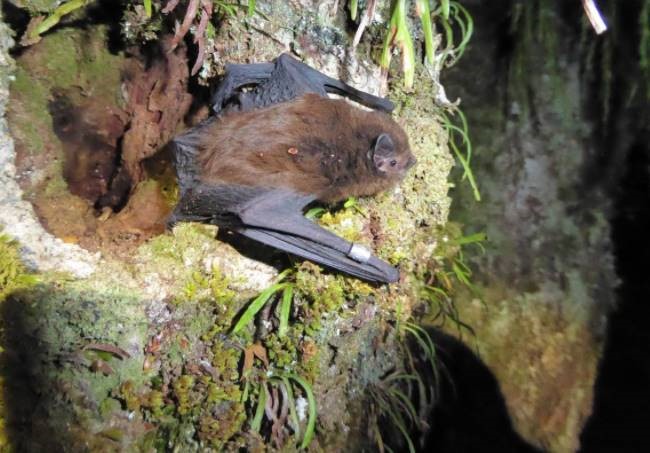
Pekapeka tou-roa - long tailed bat

